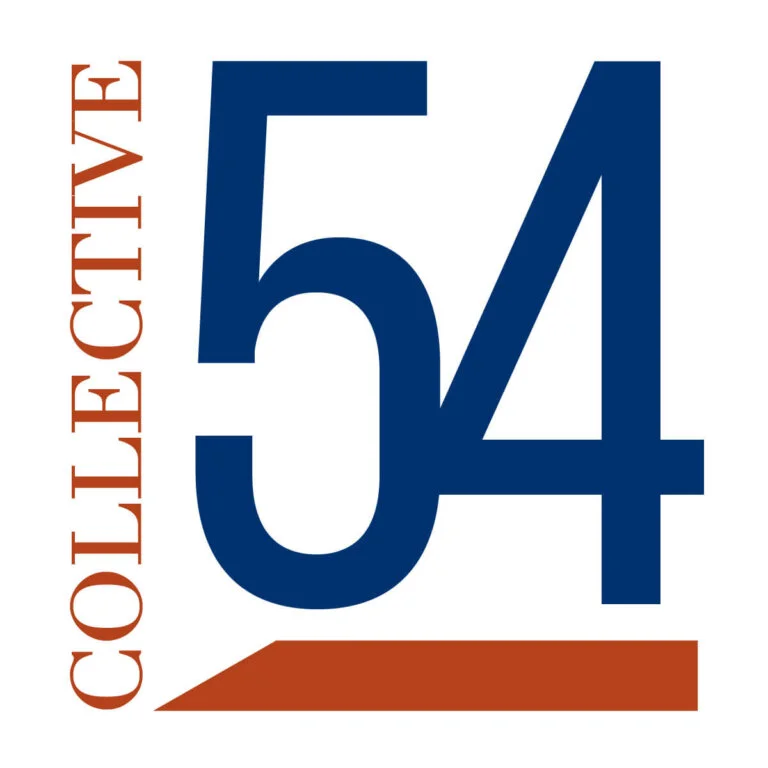|
Getting your Trinity Audio player ready... |
A Simple Binary Framework to Drive Clarity & Profits at Agencies

Peace and profits come through clarity. That’s why in 2025, our company, Interview Valet, updated one of our core values. It’s something we had all known in our gut, even if we hadn’t yet put words to it: “Heck Yes or No.” We borrowed the phrase from Derek Sivers, the founder of CD Baby, who popularized it as a decision-making compass in a book and TED Talk. The idea is as simple as it is powerful: if something (or someone) isn’t a “heck yes,” then it’s a no.
After a decade of running the company, I’ve learned the hard way that clarity is kindness, not only for the team, but also for clients and the bottom line.
My “Maybe” Is Costly
In retrospect, some of our most stressful and least profitable client engagements had red flags from the outset. But we still moved forward. Why? Because we told ourselves things like:
- “Maybe this one will be different.”
- “Maybe they’ll change once they see results.”
- “Maybe we can make it work.”
What we were really doing was rationalizing red flags. And those “maybes” almost always turned into long hours, low margins, and frustrated teams. When we conducted post-mortems on those clients, the signs were always evident before we signed an agreement—in the discovery call, during the sales process, and even in how the client interacted. Greg Alexander, the Founder of Collective 54, often says that in professional services, “the sale is the sample.” This applies to the client and the firm.
The same is true of team members. The best fits were obvious early. So were the poor fits. We just didn’t always listen to our gut when we urgently needed someone.
Turning Gut Feelings Into a Framework
Once we adopted “Heck yes or no” as a core value, we made it operational. We embedded it in three key places:
1. Team Assessment
We applied the Performance-Value Matrix, made popular by GE’s Jack Welch and featured in the book Scaling Up by Verne Harnish, to rank each team member on their performance and core values alignment. When we overlaid this framework, we saw a clear visual: those who were “heck yes” stood out, and so did those who weren’t.
It gave us language and data to have honest conversations. It also helped us reward the right people and make confident decisions when someone wasn’t a fit. Clarity led to better morale and less drama.
2. Client Qualification
We revamped our sales process, sharing our “Heck Yes or No” value during our initial discovery call. If, based on our decade of experience, we are not confident we can deliver great results, then the courtship ends early.
Even in the roadmap of what an engagement looks like, we clearly and deliberately share the five ways we’ve seen clients sabotage their own results with podcast interview marketing:
- The talent isn’t engaged.
- They’re chasing ego, not outcomes.
- They treat us and podcasters like rented mules.
- They’re in search of a silver bullet.
- They pivot constantly.
We require them to explicitly acknowledge these constraints before displaying pricing. It’s been a powerful landmark to reference if issues come up later in the campaign.
3. Ownership and Empowerment
“Heck yes or no” has transformed the way our team makes decisions. When someone on the team says, “Heck yes, we can get them great results,” it’s not just an endorsement—it’s a commitment. That sense of ownership has made all the difference. When we agree to work with a client, the team feels responsible for delivering results because they had a say in the selection.
Excuses like “they were just a bad client” have virtually disappeared. The shift in mindset has made people feel like partners in the process, not just executors of a plan. Team members have greater clarity about their role in the client’s success and what’s needed from them. I believe it’s even elevated their enjoyment of the work. The clarity of “heck yes” brings confidence, collaboration, and higher performance.
The Results (So Far)
It’s early, but the results in just 90 days have been striking:
- Client fit is better. The new clients we’ve brought on close faster, are easier to onboard, and sign on for higher amounts.
- They see results faster. And they’re happier. So is the team that serves them.
- Team energy is up. When you’re not constantly dealing with “meh” clients or “maybe” coworkers, your team has more bandwidth to overdeliver.
- Profits are healthier. While we don’t have long-term retention data yet, a retrospective study suggests that we would have generated more revenue by implementing this framework from the outset.
You Already Know the Answer
Here’s the truth: we usually know. That initial gut check—the moment of “this feels right” or “something feels off”—is real. What we often lack is the courage or clarity to trust it.
That’s what “Heck Yes or No” provides. A simple, powerful filter. A clear line in the sand.
For those of us running professional firms, where decisions compound over time, where misfit clients and hires are costly, and where energy is the most limited resource, this filter has been a gift.
And it’s a gift worth sharing. Heck Yes!
